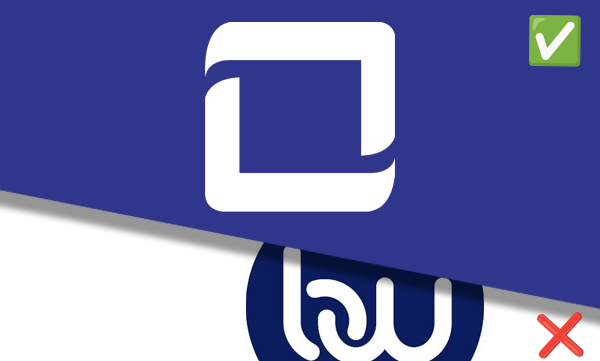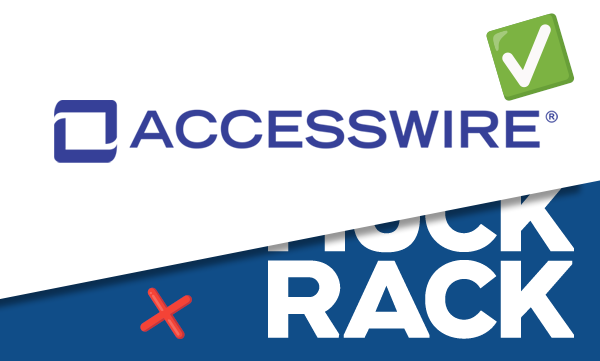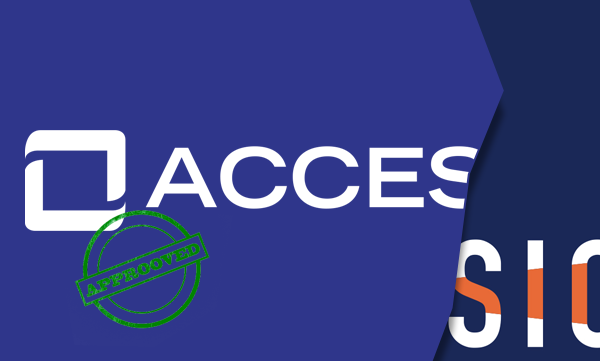Do you ever feel like you’re shooting an arrow but narrowly missing the bullseye every time?
You’re so close, but you can’t seem to hit the mark and connect with your target audience.
It’s frustrating, isn’t it?
We agree and that’s why we place an emphasis on brands using a media database to their advantage.
If you’re unfamiliar, a media database is a comprehensive collection of journalists, influencers, and reporters. This repository includes their beat, contact information, and other useful details.
Before we dig into what makes our Media Database stand out from the other options on the market, let’s first explore how a media database can elevate your overall marketing efforts.

How to Give Your Marketing a Boost
with a Media Database
1. Enhanced Targeting and Personalization
A media database provides detailed profiles of journalists and influencers, including their interests, beats, and previous work. This granularity enables you to tailor your pitches and communications precisely to their preferences and areas of expertise. Personalized outreach not only increases the likelihood of coverage but also fosters stronger relationships with key media figures.
Example: Instead of sending a generic press release about your new tech gadget to a broad list, you can identify journalists who specialize in technology and have previously covered similar products. A personalized pitch highlighting how your product fits into current industry trends or addresses a problem they’ve discussed will resonate more effectively.
2. Streamlined Media Outreach
Managing media outreach can be daunting, especially when juggling multiple campaigns and deadlines. A media database simplifies this process by providing a centralized platform to organize, track, and manage your media contacts and communications. Automated tools and CRM-like features ensure you maintain a seamless flow of information and never miss a follow-up opportunity.
Example: With a media database, you can schedule emails, track engagement, and set reminders for follow-ups all in one place. This streamlined approach saves time and reduces the risk of overlooking critical outreach steps.
3. Comprehensive Coverage Analysis
Understanding how and where your brand is being mentioned is crucial for assessing the effectiveness of your PR efforts. Media databases often include analytics tools that track media coverage and sentiment. This data helps you measure the impact of your campaigns, refine your strategies, and demonstrate value to stakeholders.
Example: By analyzing the reach and sentiment of your press releases and media pitches, you can identify which messages resonate most and which publications offer the best coverage, allowing you to focus your efforts on high-impact opportunities.
4. Improved Relationship Management
Building and maintaining relationships with journalists and influencers is a cornerstone of successful PR. A media database acts as a repository for contact history, preferences, and interactions, enabling you to nurture these relationships over time. This long-term engagement can lead to more frequent and favorable coverage.
Example: If a journalist has previously covered your brand or expressed interest in certain topics, a media database can keep track of these interactions, helping you personalize future communications and stay top-of-mind with your key contacts.
5. Access to Influencers and Niche Audiences
Beyond traditional media, reaching niche audiences through influencers is increasingly important. Media databases include profiles of influencers across various platforms and industries, providing insights into their reach and engagement. This access allows you to identify and connect with influencers who can amplify your message to specific, targeted audiences.
Example: If you’re launching a new skincare product, you can use a media database to find influencers who focus on beauty and skincare, analyze their follower demographics, and craft a collaboration proposal that aligns with their content and audience.






Similar Blog Posts



PRODUCTS
ACCESSWIRE | All Rights Reserved
